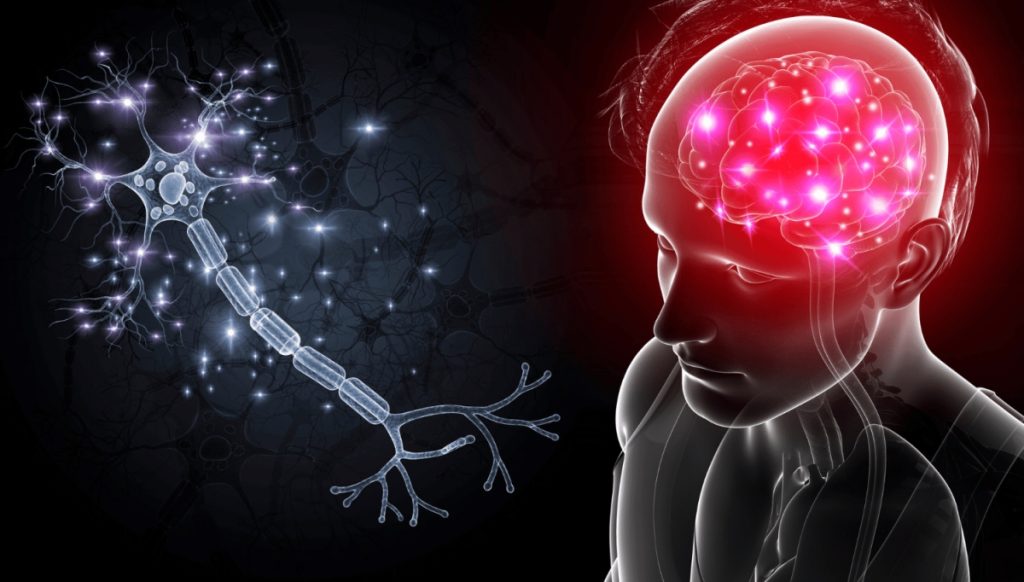A recent study published in the journal PLOS Biology has uncovered a groundbreaking discovery that challenges the conventional understanding of neurotransmission in the brain. The study reveals that gamma-aminobutyric acid (GABA), a neurotransmitter traditionally known for its inhibitory role in calming nerve cells, may also have excitatory effects, shedding new light on how neurons communicate with each other in the brain.
Conducted by a team led by D. James Surmeier, Ph.D., the study observed spiny projection neurons, a predominant type of neuron in the brain’s striatum, an area crucial for functions like decision-making, motor control, and emotion processing. Their findings indicate that GABA can exhibit both inhibitory and excitatory behaviors depending on the context, challenging the simplistic view presented in textbooks.
Traditionally, GABA has been viewed as the primary inhibitory neurotransmitter in the brain, counterbalancing the effects of glutamate, the main excitatory neurotransmitter. However, the study demonstrates that GABA can also activate dormant neurons, preparing them to receive signals from glutamate. This dual role of GABA suggests a more intricate mechanism of neuronal communication than previously believed.
Surmeier explains that while GABA primarily inhibits neuronal activity when cells are near spiking threshold, it can also facilitate neuron activation, a function previously attributed only to glutamate. This discovery has significant implications for understanding brain circuitry and artificial intelligence technology, which often simplifies neural communication models.
The new findings not only challenge the conventional classification of GABA as strictly inhibitory but also highlight the need to reconsider existing models of artificial neural networks. Surmeier emphasizes that current machine learning models do not accurately reflect the complexity of neuronal communication observed in the brain.
Looking ahead, the research team plans to delve deeper into understanding how GABA influences spiny projection neurons and how these interactions are altered in neurological disorders like Parkinson’s and Huntington’s disease. These conditions, characterized by motor dysfunction and striatal pathophysiology, exhibit distinct alterations in brain circuitry that may involve rewiring of GABAergic circuits, providing novel insights for future therapeutic approaches.
The study’s results underscore the intricate nature of neurotransmission in the brain and suggest a more nuanced understanding of GABA’s role in neuronal communication. By exploring the multifaceted functions of GABA, researchers aim to unravel the complexities of brain circuitry and develop new strategies for addressing neuronal dysfunction in neurological disorders.
Note:
1. Source: Coherent Market Insights, Public sources, Desk research.
2. We have leveraged AI tools to mine information and compile it.




